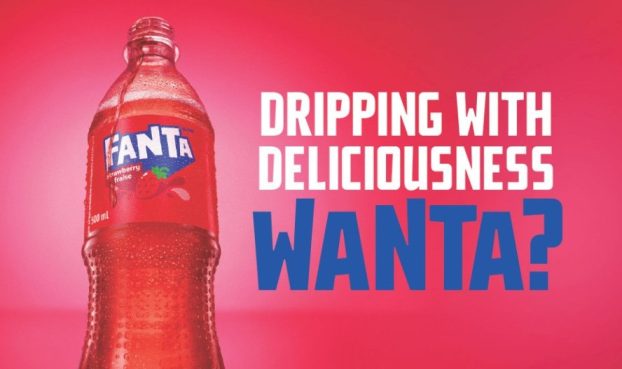The province of Quebec is distinct in many ways – language, culture, politics – and its wine consumption habits appear to be equally unique.
According to Toronto-based E. & J. Gallo Winery Canada, only 3% of wine sold in Quebec is produced in California, compared to almost 10% in the rest of the country. A five-pronged marketing approach, the company’s largest to date in Quebec, uses various media platforms of the Société des alcools (SAQ), and will strive to bring Quebec’s purchasing habits in line with other provinces.
E. & J. Gallo’s senior marketing manager Linda Martin credits the discrepancy to ‘the heritage’ of the province. She explains: ‘People come from a European background, so they are more familiar with wines from France and naturally gravitate towards them.’
But that doesn’t mean Quebecers aren’t willing to taste ‘New World’ wines, adds Martin; however, they need to be pointed in the right direction. In fact, Toronto-based market research firm Ipsos-Reid, in a study commissioned by E. & J. Gallo, found that 60% of consumers complained it ‘made their heads spin’ to make a choice between wine offerings because of the vast selection in stores.
The firm’s marketing response cost six figures (Martin declined to give exact numbers), and includes truck-side advertising and print, designed by its AOR BBDO Toronto, as well as in-store displays, tastings, and trial incentives at most SAQ locations, such as discounts of between 25% and 30%. E. & J. Gallo is using trucks as an advertising medium for the first time; Martin believes SAQ’s 30 vehicles will pique the interest of the province’s urban dwellers.
Advertising focuses specifically on two brands – Sonoma Selections and Turning Leaf – and the imagery is described by Martin as ‘country-centric.’ For instance, the Sonoma print creative, running in SAQ Primeurs magazine (circulation 1.6 million) and on the trucks, is a vista of a vineyard in Sonoma County, ‘one of the best wine-making regions in the world.’ The ad is reminiscent of a water colour painting.
Martin, who says the work was created specifically for Quebec, points out that since the SAQ displays its wines by region, it’s important to get Sonoma County on consumer radar screens as a wine-producing mecca. ‘Sonoma’s awareness doesn’t compare to Napa, but it is more diverse and has won more awards, so we want to build awareness about its wines.’
Meanwhile, the ad for Turning Leaf – produced in both English and French for the national market – has a beach scene with a school of dolphins, some of which appear to be swimming in the sand. It may seem like a strange fit for a bottle of wine, but Martin says the ‘visually impactful’ execution links into the positioning of the brand, ‘crafted by nature,’ because ‘the dolphins appear to be crafted in the sand,’ and of course, the sandy beach evokes California’s landscape. Martin adds that the target includes anybody who would buy in the mid-price cork ($12 to $16) or the high-price cork ($16 to $25) range.
In order to educate Quebecers and other Canadians about its product and wine in general, E. & J. Gallo also revamped its bilingual Web site, with the aid of Toronto-based interactive design firm Web Feat Multimedia, earlier this year. Gallo.com offers advice on how to match meals with different flavours of wine, as well as how to host tastings. ‘It’s not just talking about why you should buy [our brand], so the site is providing extra value,’ says Martin.
How sound is the marketing strategy? When it comes to the creative, not very, according to Daniel Charron, VP and CD of Republik Advertising & Design in Montreal. To Quebecers, if wine isn’t French it isn’t wine, he explains, and the campaign does nothing to change that perception. ‘I’m not a huge fan of creating something to take attention away from the product, [as in the Turning Leaf execution],’ he says. ‘And the tagline ‘crafted by nature’ – it’s not crafted by nature, it’s an artist who crafted the dolphins in the sand.’
Instead, Charron believes the advertising should reflect the quality of California wines more directly. ‘There needs to be more personality and more [discussion about] the difference between California wines and those in the rest of the world.’























